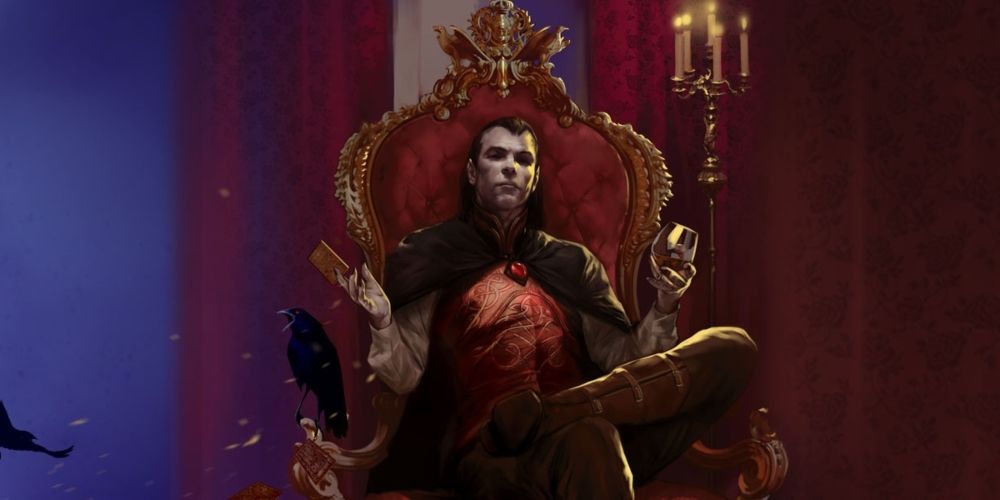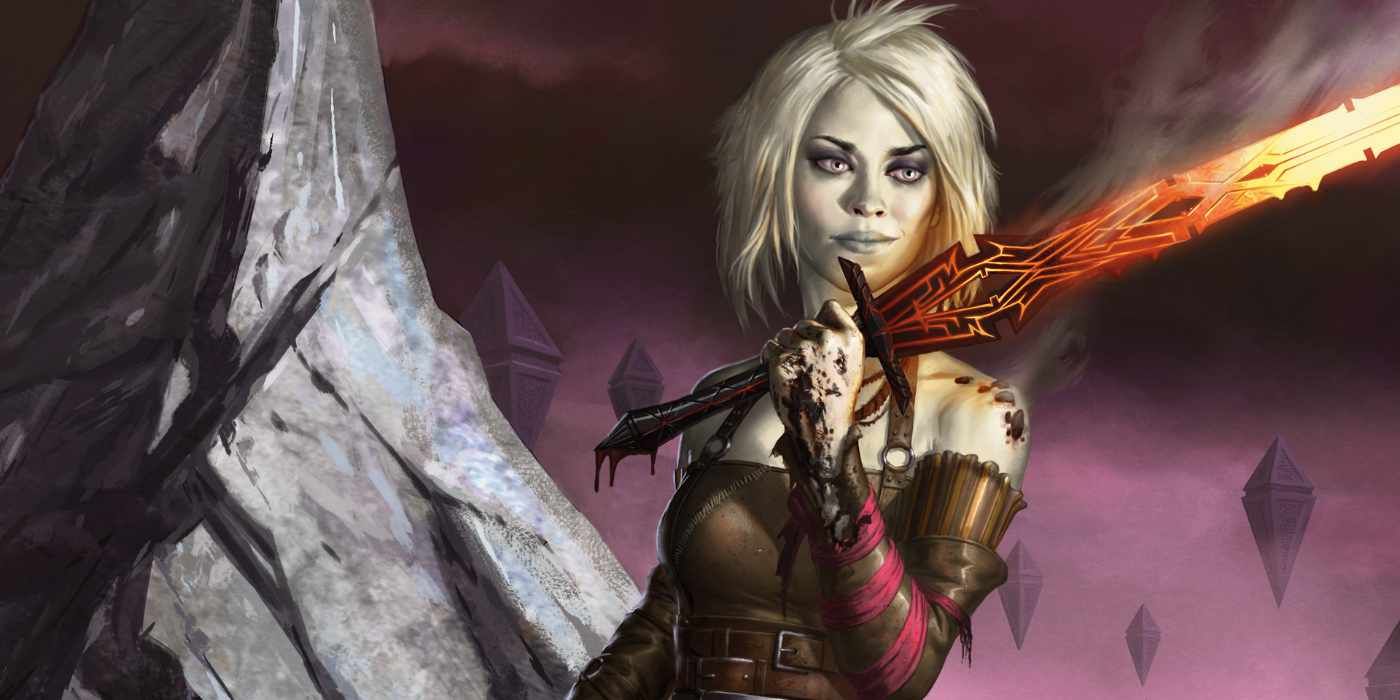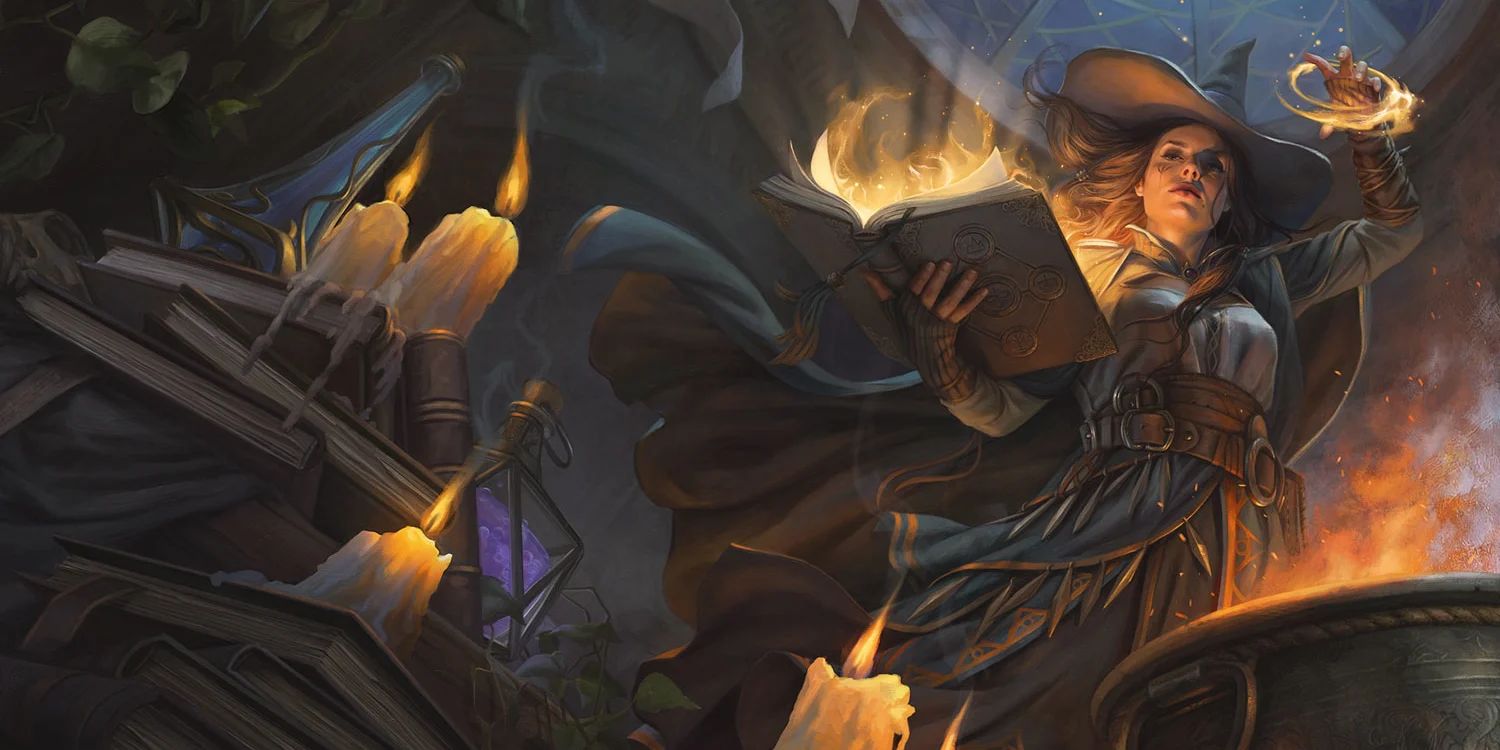The alignment chart has been a part of Dungeons & Dragons in some degree since the very beginning of the game, and has expanded in popularity to other TTRPGs, video games, or even discussions about where characters from media would fall on the chart. The two axes of Law versus Chaos and Good versus Evil have seen some variation and changes over time, but has now become a vestigial part of D&D's history.
In earlier editions of D&D, alignment was an important part of the game's mechanics. Classes would only have access to their abilities if they remained within their alignment, and certain items or spells would only see their true potential (or even be useful) when wielded by a properly aligned character. With the advent of Fifth Edition, alignment has lost most of its mechanical benefits, becoming more of a storytelling tool than anything else. The history of the mechanic means that Wizards of the Coast is unlikely to ever remove it in entirely, but the current nine options are outdated and should either be improved or changed outright.
Alignment Can't Keep Up With Complex Characters
The core problem with the current alignment chart is its attempt to be objective and impartial. The lore of D&D establishes that the alignments are not just viewpoints, but laws that influence entire planes and powerful entities. While this is understandable when looking to magical beings like the chaotic evil demons of the Abyss or the lawful good archons of Mount Celestia, in settings outside the Forgotten Realms, this objective distinction might not even apply.
The moral axis of Good versus Evil becomes hard to define when the individual morals and beliefs of characters --and the people who play them -- are put up against the objective distinctions created by the outer planes. A character obediently following unjust or cruel laws due to a genuine belief that these laws are for the good of others creates a disconnect in what they should be. While it can be argued that the character would be considered close to neutral, having an objective determination robs a character of the more interesting nuances that come with grappling with the conflicting morals of different people.
Law and Chaos are a more concrete axis that leaves less room for interpretation, so much so that other games like Shin Megami Tensei use law and chaos over good and evil. However, the line between them can still be blurry, as both chaotic and lawful good characters are described as willing to break unjust laws or ignore restrictions placed by evil; the distinction is a personal view of what is or isn't unjust as a law.
The variety of ways each individual alignment can be interpreted or justified can lead to a single character being viewed as several alignments, with each being just as appropriate as the other. While this is alright when it comes to placing favorite movie or anime characters on the D&D alignment chart, the individual interpretation of in-game alignments means players can be upset with where a Dungeon Master places their character or how the setting applies an objective morality to what is a subjective view of morals and ethics. This subjective view is where WOTC could find a solution to the alignment problem, and another one of its games provides an interesting role-playing option.
Alignment and Magic: The Gathering's Color Pie
Magic: The Gathering uses the five colors of mana as both a mechanical and narrative tool in a way that could fix the alignment chart's problems. Each color focuses on a character's view of the world, placing them within any combination of colors (or colorless) depending on their outlook and personal morals. This system creates 32 unique combinations that each have a distinct view of the world, with the added benefit that any option can create a villain or a hero.
This system of attaching the mechanics to a character's own outlook would provide an update to the D&D alignment chart that gives players a bettr way to reflect their character's alignment. A sort of inverse has already happened with Magic: The Gathering's Baldur's Gate crossover set, which applies color identities to familiar Dungeons & Dragons characters, spells, and backgrounds. Implementing such mechanics into D&D would take more than simply transplanting M:TG's color pie, but it would provide the fix the TTRPG needs.
While there will likely be no perfect system for ranking a character's alignment, the nine options associated with Dungeons & Dragons are currently in dire need of an update. D&D is a game known for its flexible rules, so a rigid alignment system makes little sense to the point that many forgo it entirely. Giving the alignment chart a fresh feel could give players more reasons to use it and continue to evolve the game Gary Gygax created almost 50 years ago.



